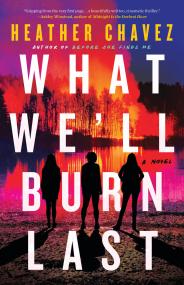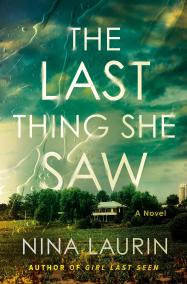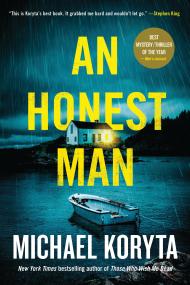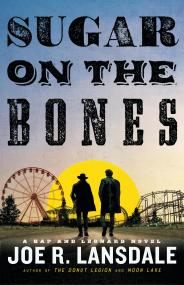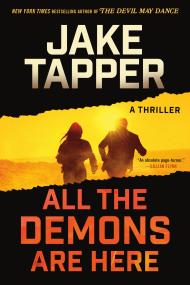Shutter
Formats and Prices
Format
Format:
HardcoverThis item is a preorder. Your payment method will be charged immediately, and the product is expected to ship on or around August 2, 2022. This date is subject to change due to shipping delays beyond our control.
Also available from:
- On Sale
- Aug 2, 2022
- Page Count
- 312 pages
- Publisher
- Soho Crime
- ISBN-13
- 9781641293334
By clicking 'Sign Up,' I acknowledge that I have read and agree to Hachette Book Group’s Privacy Policy and Terms of Use
